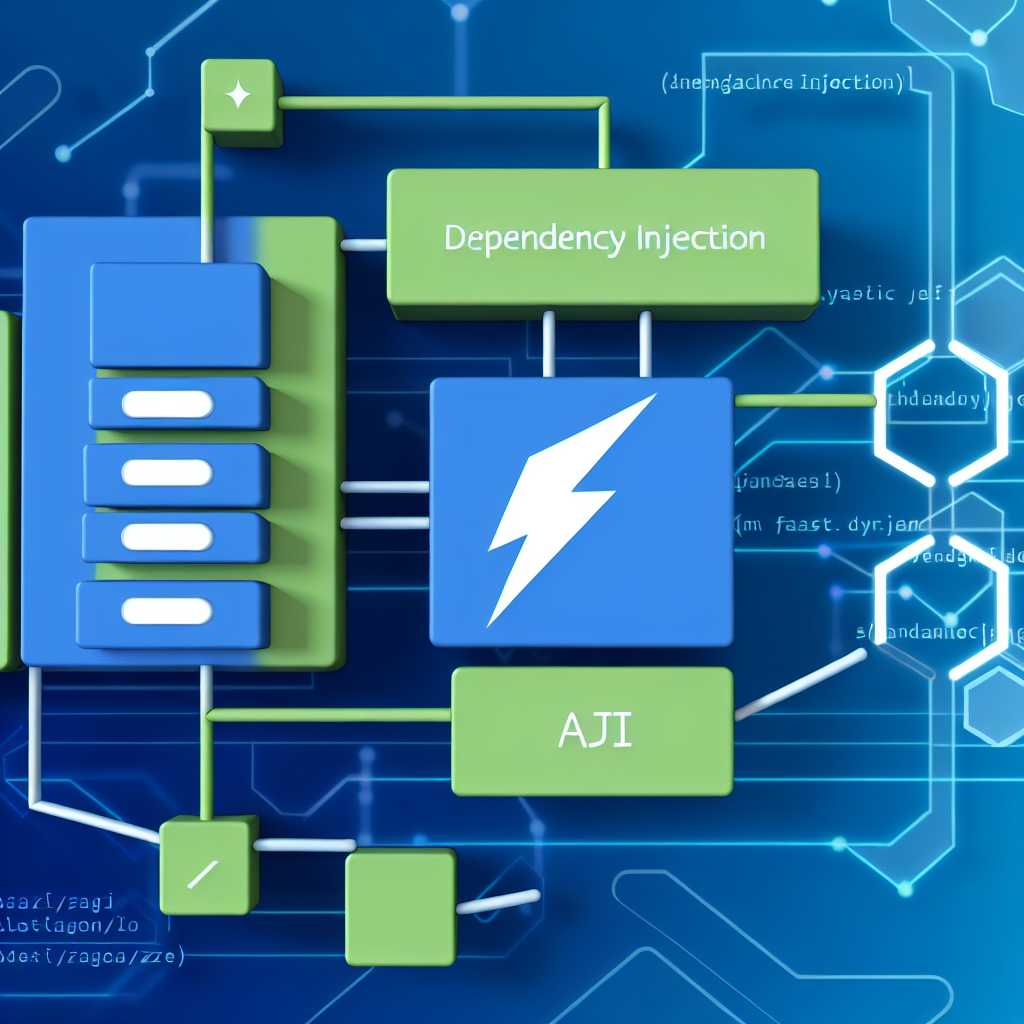Dependency Injection (DI) is a widely used design pattern that greatly enhances the modularity and testability of your code. Its significance cannot be overstated, especially in larger and more complex applications. FastAPI, with its first-class support for dependency injection, offers an efficient way to manage application components through its dependency injection system.
In this article, we’ll dive deep into how you can leverage DI in FastAPI to write robust and clean code. This piece aims to guide you through the practical aspects of implementing DI and how it can improve your application’s architecture.
What is Dependency Injection?
Dependency Injection is a pattern based on passing dependencies (e.g., functions, objects, or configurations a module needs) externally rather than creating them within the module. This way, the module does not rely on any concrete implementation but rather interacts through an abstract interface. It allows for greater flexibility and easier testing.
FastAPI Dependency Injection Basics
In FastAPI, dependency injection is handled through the Depends function. It allows you to declare dependencies in your path functions, meaning you can inject dependencies directly into your API endpoints.
Here’s a quick example:
from fastapi import FastAPI, Depends
def get_database():
# Imagine this returns a database connection
return "Database Connection"
app = FastAPI()
@app.get("/items/")
def read_items(db=Depends(get_database)):
return {"db": db}
In this example, the read_items function injects a database connection automatically using the Depends function. This makes it easy to replace the database connection logic with another source (useful during testing or production configurations).
Advantages of Using Dependency Injection in FastAPI
-
Enhanced Modularity: With DI, different parts of the application are not tightly coupled. It makes it easier to swap out components as needed.
-
Easy Testing: By injecting dependencies, you can pass mock objects during tests, ensuring that your tests are isolated and do not rely on external factors.
-
Improved Code Reusability and Maintainability: It allows developers to follow the DRY principle (Don’t Repeat Yourself) by reusing the code through dependency resolution.
Advanced Usage
FastAPI’s dependency injection system also supports asynchronous dependencies. Here’s how you can define an asynchronous dependency:
from fastapi import FastAPI, Depends
import asyncio
async def get_data_asynchronously():
await asyncio.sleep(1)
return "Async Data"
app = FastAPI()
@app.get("/async-items/")
async def read_async_items(data=Depends(get_data_asynchronously)):
return {"data": data}
The above illustrates how to manage asynchronous operations within your dependency injection strategy, further enhancing the capability of high-performance applications.
Conclusion
Dependency Injection is a potent tool integrated seamlessly within FastAPI to deliver cleaner and more maintainable code. By understanding how to effectively utilize DI, you can unlock a higher level of development efficiency and flexibility. It not only makes writing tests and maintaining code bases much easier but also allows for better software design patterns. Leverage this robust feature and elevate your FastAPI development to the next level.


Leave a Reply